Table of Contents
Prerequisites
- Ubuntu 20.04 Server
- User with root (sudo) privileges
Install and set up Display Manager
1. Refresh the repository and package lists, and perform the necessary upgrades with the following command:
sudo apt update -y && sudo apt upgrade -y2. In this step, we will install the display manager. A display manager is an application that starts the display server, launches the desktop, and manages user authentication. The default GDM3 is a resource-intensive display manager. To conserve system resources, consider a lighter tool, such as SLiM or LightDM.
This guide uses SLiM to illustrate the rest of the GUI installation process. Run command below to install it:
sudo apt install slim -yInstall GUI on Ubuntu Server
With a display manager installed, proceed to install a GUI. The sections below contain instructions for the most common Linux desktop environments.
Ubuntu Desktop
The default Ubuntu Desktop is a modified version of the GNOME desktop environment.
1. To install Ubuntu Desktop by running the following command:
sudo apt install ubuntu-desktop -yIf asked, confirm slim as the default desktop manage
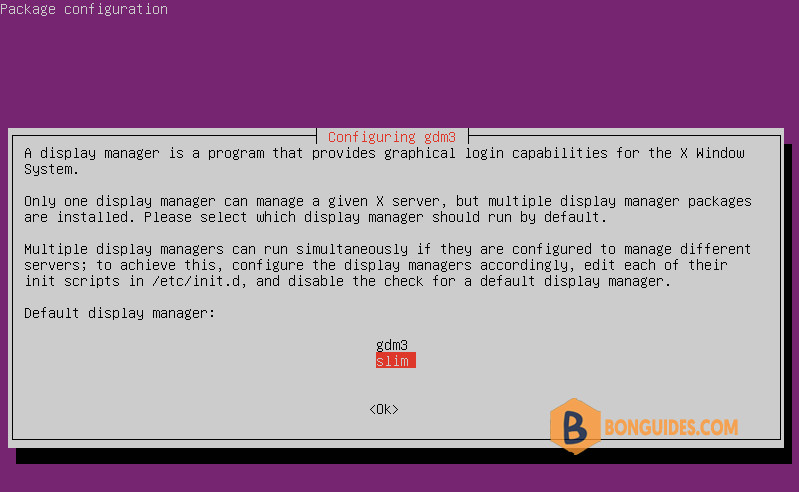
2. Reboot the system when the installation finishes or you can start Slim immediately.
sudo service slim startAfter the system reboots, a graphical login screen appears. The default display manager generates this screen.
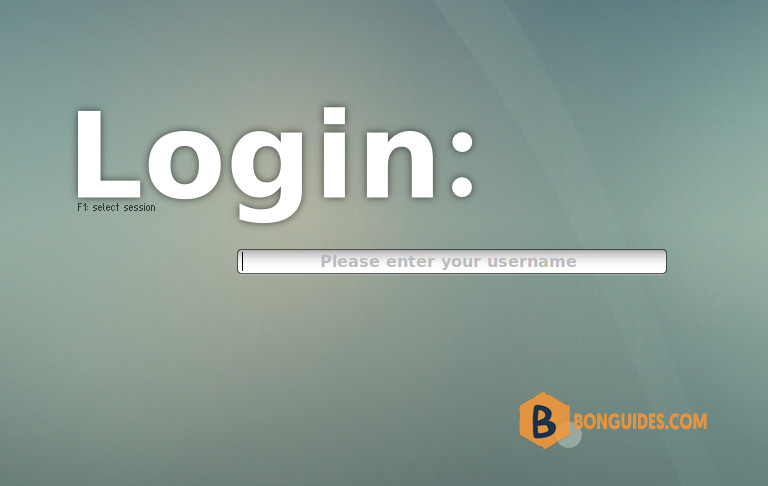
3. Type your username in the field and press Enter to reveal the password field. Enter your password to access the desktop environment.

Optional: For the vanilla GNOME experience, install the following packages:
sudo apt install vanilla-gnome-desktop vanilla-gnome-default-settingsKDE Plasma
KDE Plasma is a flexible and customizable desktop environment that provides visual consistency and style while remaining fast and responsive. To install KDE Plasma, use the following command:
sudo apt install kde-plasma-desktopReboot the system and log in to access the KDE environment.
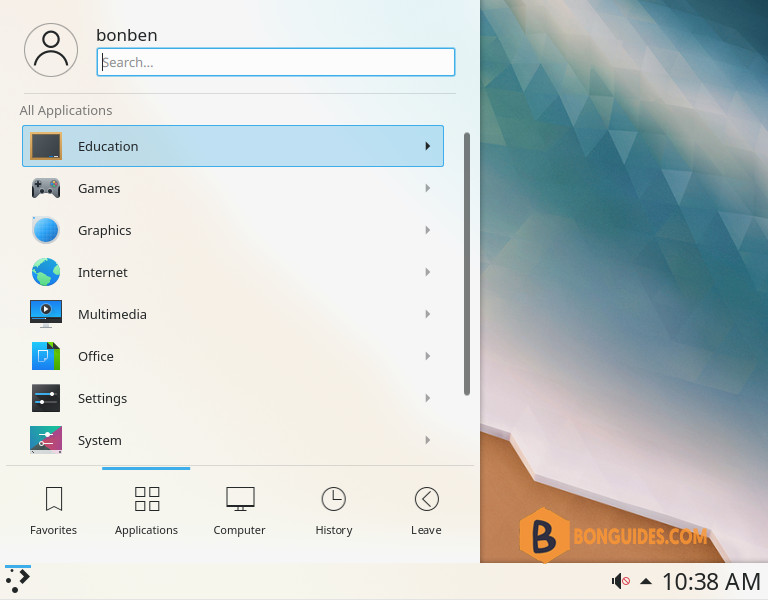
XFCE
The XFCE desktop environment is designed to be lightweight and user-friendly. The main package, xfce4-session, provides a bare-bone environment. If you want the full experience, install the xfce4-goodies package as well.
Install the packages with the following command:
sudo apt-get install xfce4-session xfce4-goodiesAfter you reboot the system and log in, the XFCE desktop appears.

MATE
MATE is a fork of GNOME 2 and a popular graphical interface designed to be light on resource consumption. Install it by executing the following command:
sudo apt install ubuntu-mate-desktop -y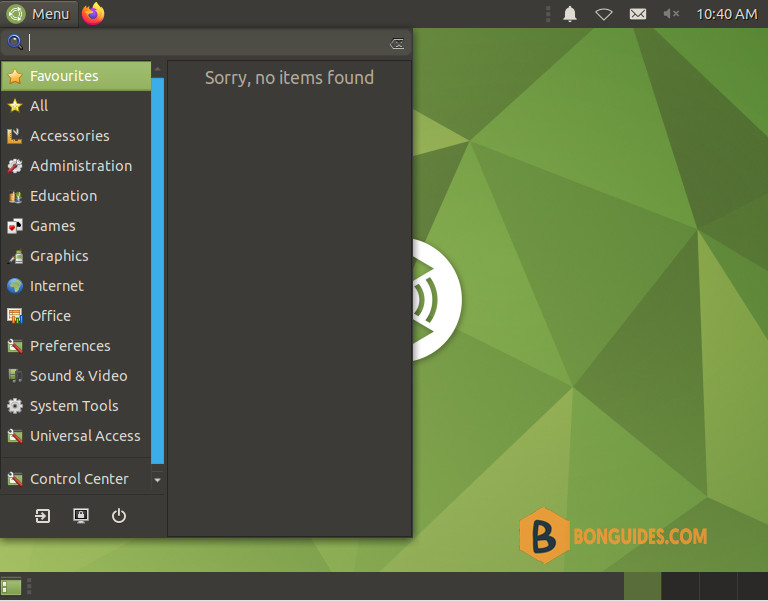
LXDE
LXDE is a desktop environment with a very lightweight GUI. Use LXDE if you need a graphical interface but want to minimize the impact on system memory and CPU.
sudo apt install lxde -y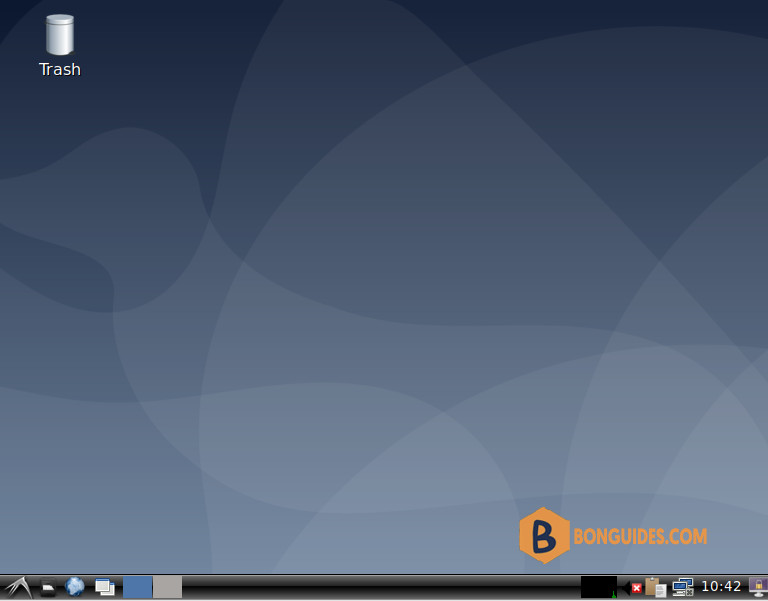
Switching between GUI
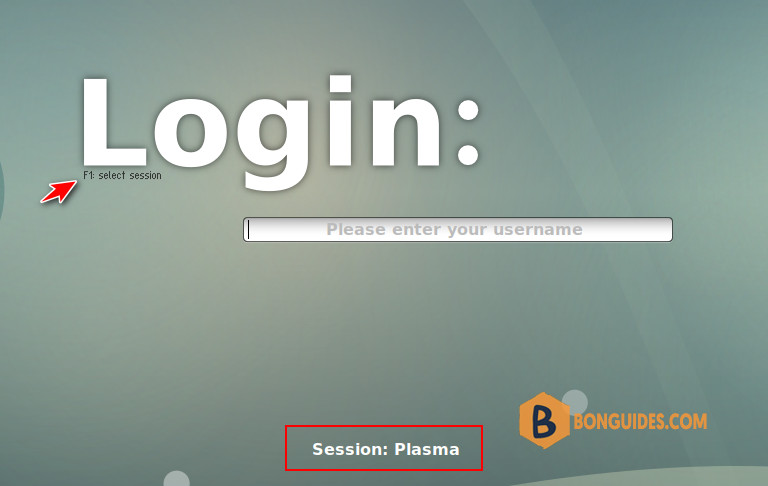
Log in once you toggle the GUI you want to use.
Removing the GUI and Display Manager
To revert to the command line interface and remove the packages related to the display manager and the desktop environments:
Open the terminal, and enter:
sudo apt remove [display-manager] [desktop-environment]For example, to remove SLiM and LXDE, type:
sudo apt remove slim lxde -yReboot the system and log back in.
3. Finish by removing orphaned or unnecessary dependencies with autoremove:
sudo apt autoremove




